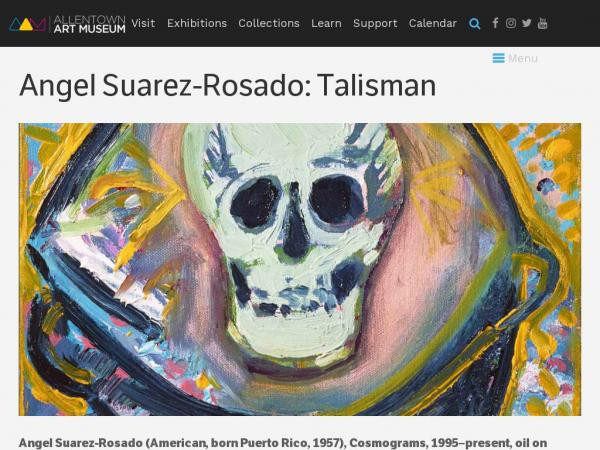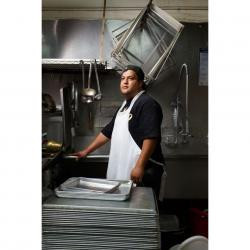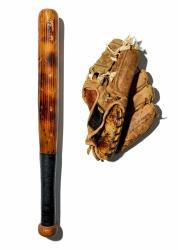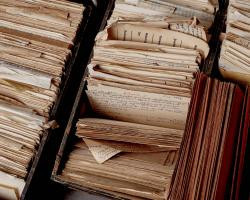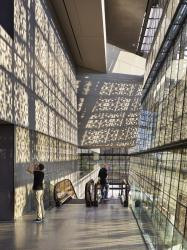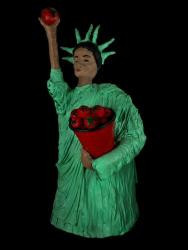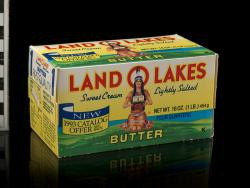Philippa Rappoport
I work in education and engagement, teacher professional development, and outreach at the Smithsonian Office of Educational Technology (OET), and have a particular interest in developing and producing trainings, programs, teaching techniques, and platforms that foster deep learning and contribute knowledge to improve practices in museum and preK-16 education and engagement. At OET over the last decade+, I created digital assets for schools, families, and new immigrant English Language learners to complement teacher professional development and pan-Smithsonian programming, including Learning Lab teaching collections, YouTube videos with tradition bearers, a handmade family stories book-making website, and online heritage tours.
Philippa Rappoport's collections
Digital Museum Resources for the High School Ethnic Studies Classroom (Irving Arts Center )
 Philippa Rappoport
Philippa Rappoport
Artist and Archivist: The Papers and Legacy of Angel Suarez Rosado
 Philippa Rappoport
Philippa Rappoport
Intangible Heritage through Material Culture: The Journey of an Ecuadorian Boat Seat
 Philippa Rappoport
Philippa Rappoport
Looking Past Words: An Exploration of Language, Systems, and Power through Three Case Studies
 Philippa Rappoport
Philippa Rappoport
Metadata and Tagging Activity
 Philippa Rappoport
Philippa Rappoport
Reimagining a National Symbol: The Immokalee Statue of Liberty, by Kat Rodriguez
 Philippa Rappoport
Philippa Rappoport
Eye to I: Self-Portraiture as an Exploration of Identity
 Philippa Rappoport
Philippa Rappoport
Culture and Aesthetics Meet Physics: Why Soviet and American Spacesuits Look Different
 Philippa Rappoport
Philippa Rappoport
Learning Lab Training Collection on the Theme "The Search for an American Identity"
 Philippa Rappoport
Philippa Rappoport
Rethinking Americans
 Philippa Rappoport
Philippa Rappoport
The Search for an American Identity: Smithsonian-Montgomery College Faculty Fellowship 2019 Opening Panel Resources
 Philippa Rappoport
Philippa Rappoport
Learning Lab Teaching Collection for Frost Art Museum Workshop using Luis Cruz Azaceta's "Shifting States: Iraq"
 Philippa Rappoport
Philippa Rappoport

